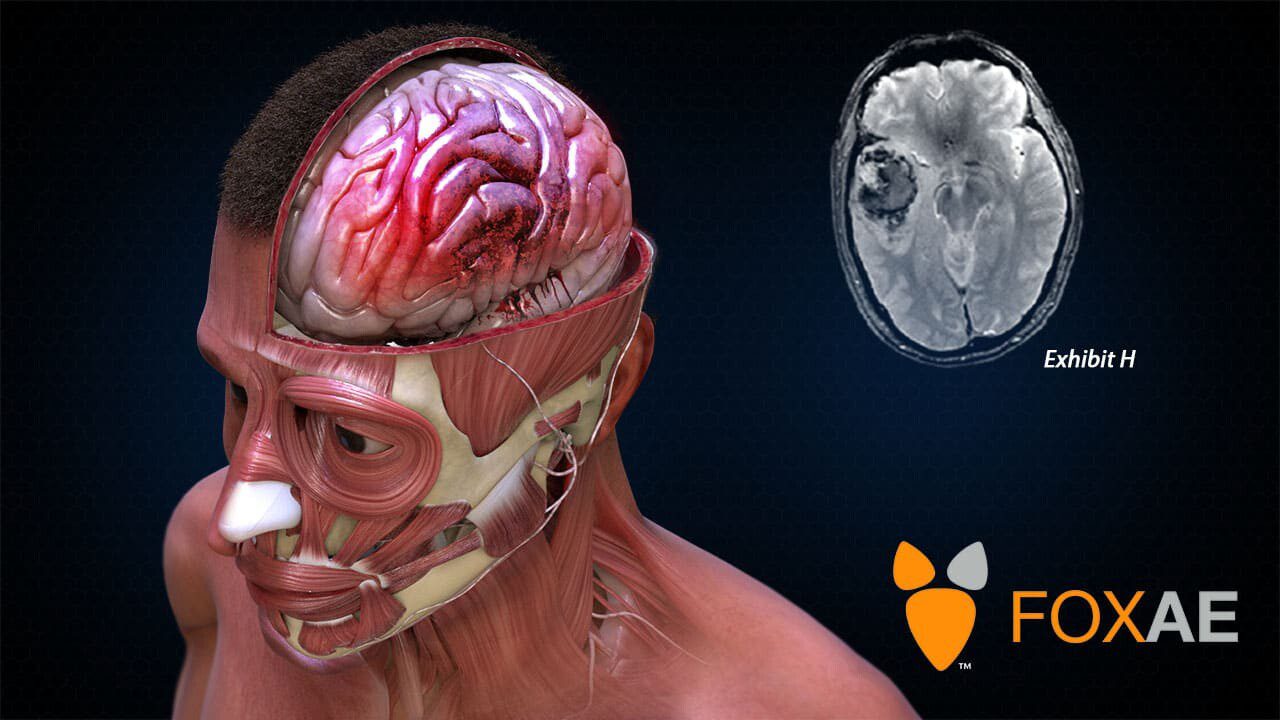The human brain is deep within the head, hidden from the view of the eyes, and is protected by a complex component of the skeletal system called the skull. According to the National Institute of Neurological Disorders and Stroke (NINDS), this three-pound organ lying in its bony shell and washed by a protective fluid is the most complex part of the human body. An injury to it cannot be noticeable and it will be difficult to explain to a layman who doesn’t understand its mechanics. The National Center for Biotechnology Information(NCBI) explained that traumatic brain injury (TBI) can result from trauma ranging from a simple blow to the head to a penetrating injury to the brain.
Traumatic Brain Injuries – Numbers
Coronado et al (2011) stated that there are over 1.7million estimated cases of TBI in the United States each year. TBI contributed to roughly 5% of all the injuries seen by emergency departments in 2002–2006 but accounted for 30% of all injury-related deaths. Falls and motor vehicle crashes (MVCs) are the number one and two contributors to TBI.
The TBIs from MVCs, however, resulted in the largest number of TBI-related deaths (31.8%) (Faul et al, 2010). TBIs could result in a court case where parties would try to explain a brain injury as well as its damaging result. The explanation could be quite complex for someone who isn’t in the medical profession to understand. Thus, computer-generated videos and animations can be employed to simplify these explanations.
Computer-generated Video in Court
The case of Monterrosa V. Broussard-Dawson is an example of how a computer-generated video was used to explain the complexities of the human brain as well as activities that led to a brain injury to the jury. On September 4, 2012, the trial court on using video evidence was quoted to have ruled that “you can show it. It’s really no different than a medical-legal drawing showing impact and movement of the skull because you went the extra step and made it more palatable to the jury.”
This affirms the importance of computer-generated evidence in making the process of explaining a brain injury simplified. In this case, the plaintiff at trial explained that an accident caused by the defendant hitting his car caused him to hit his head on the inside of the car. Subsequent headaches and pains after the accident led him to a specialist currently treating him. The prosecutor then presented the specialist as an expert witness.
The expert witness who is a board-certified orthopedic surgeon explained the brain injury with the aid of a computer-generated video. He used a three-minute-long animation to demonstrate the fundamental architecture of the brain and how it moved within the skull in a very simple manner. It also demonstrated how brain circuitry is altered anytime there is a collision. However, It was especially highlighted to the jury that it was not a representation of the plaintiff’s unique injuries, rather, it was a fair depiction for someone who would want to know what happened.






